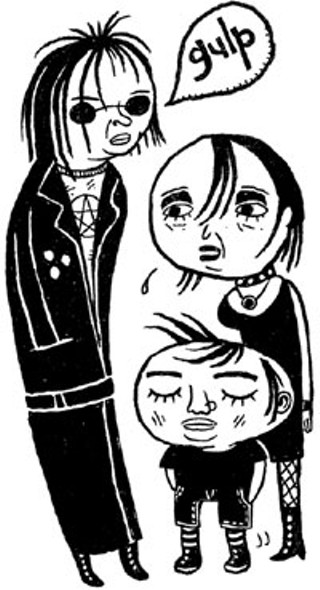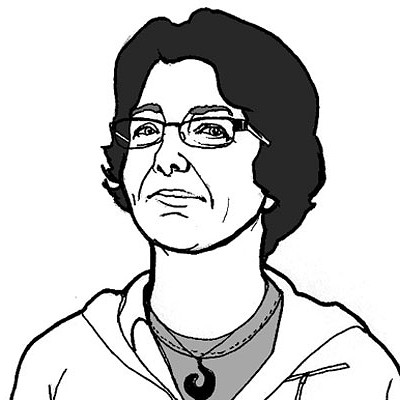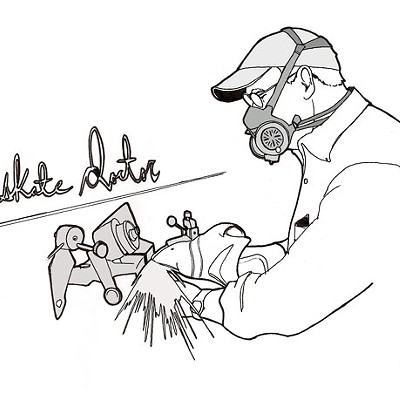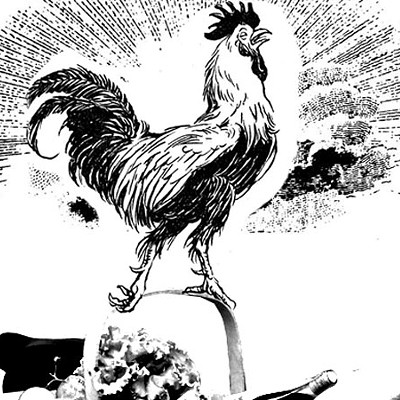Will we ever know Kimveer Gill? Not a chance.
He’s now a character, not a man. A caricature—the Dawson College shooter—pasted together collage-style and stuck in a scrapbook of the Canadian psyche. His transformation began September 13, not at the moment he began shooting, but as the first reports of what he was wearing at the CEGEP that day began rolling in: trench coat, yadda, yadda....
We need that picture of him, and the fleshed out one we’re being treated to still, one week later, as the media—for an eagerly devouring public—pieces together a picture of this man’s life.
We need to see Kimveer Gill because it helps us make sense of what happened last Wednesday. And the need to pound sense out of this shooting supersedes any niggling thought that the image of Kimveer Gill we’re creating—and we are creating it—is flawed.
You cannot understand a person by his blog, nor by his clothing, nor by the music he listened to. A digital personality is not a real one (ask any YouTube viewer duped into believing lonelygirl15 was really a depressed, lonely 16-year-old homeschooler instead of a 19-year-old actress looking to draw attention and land a job).
What we’re looking to see in the picture we’re cobbling together of Gill is something we recognize. It’s not that we’re angling for kinship; we’re searching instead to define the ways he was different from us.
If we set up a place for him, a category, we can set ourselves outside of that image and breathe our little individual and collective sighs of relief. We can rest safe in the knowledge that he is not like us. If we can give him a label (goth, or simply, that kind of goth) then he can be bad. And then we become good.
Kimveer Gill, then, is useful. And necessary. We like the idea of him; his deviance defines our normalcy.
It doesn’t matter if the random characteristics we’re drawing on for our profile of him are no more odd or demented than anything else—really, black is no more bizarre to dress in than gingham, Marilyn Manson’s music is no more malevolent than Wagner’s. These traits are unsound because we say they are. And we say they are because something has to tell us what was wrong with this man. Something has to tell us why this happened.
The faults in relying on random and inherently neutral cultural proclivities have, mercifully, crept to the surface in the last week. Several papers, including the Daily News, have run stories showing there’s no connect-the-dots between goth and murder. That’s the good news.
The bad news is that’s not what people will remember in five, 10 or 20 years. People will remember that Gill was a goth, he liked Marilyn Manson, played violent video games and he wore a black trench coat. That’s all.
One balanced understanding of the man who became the Dawson College shooter might be this: Kimveer Gill was goth but goth is not Kimveer Gill. But we can’t have that, because it leaves us without a clear category, without a way to picture Gill. It leaves us without a way to rationalize his actions. And it leaves us without a lucid way to define ourselves in opposition to him.
We can’t know who he was. And a rubber stamp profile isn’t going to change that. Probably it would be best if we could just all forget him. What you’re thinking is right: not a chance.
Still thinking about Dawson College? Email: [email protected]
















